You can get to the Square Dashboard from any PC, tablet, or cell phone and any web program whatsoever time on the Square site.
The interface isn’t just free with a Square record, it’s likewise unimaginably simple to utilize and completely adaptable. You can eliminate highlights that you don’t need and move includes around so your top choices are up front.
What’s more, in the event that you have an iPhone, you can download the Square application for nothing and exploit a more instinctive adaptation of the dashboard from your cell phone — getting continuous information in any event, when you’re away from the workplace or store or café.
This exceptionally significant center point accompanies incredible elements that cover the installment handling, client relationship the executives, advertising, finance, and announcing and examination areas.
These are the Square Dashboard basics that most businesses and organizations need to know about:
- Square Virtual Terminal
- Square Reports
- Square Customers
- Square Items
- Square Invoices
-
Square Virtual Terminal
- Whether or not you have the supporting equipment to swipe cards, the dashboard makes it very easy to take installments and store assets in your record.Entrepreneurs and associations that don’t have the Square Reader can enter client or customer credit or charge card data physically by means of the Square Dashboard. Regardless of whether somebody’s made a gift or put in a request through telephone, snail mail, or email, you can in any case gather your well deserved money bother free (as a rule inside one to two work days).
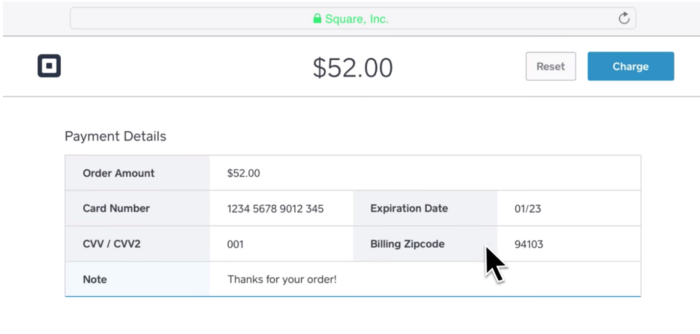 Then again, on the off chance that you do have a Square Reader, you can save yourself a couple of important seconds per exchange by connecting the gadget to the earphone jack of your PC or cell phone (for magstripe perusers) or by interfacing the Reader to your gadget through Bluetooth (for chip perusers) so you can utilize it to swipe or plunge credit and check cards.For every installment, regardless of whether swiped, entered physically, or by means of a saved card on record, you can send a receipt or print a receipt from the dashboard.
Then again, on the off chance that you do have a Square Reader, you can save yourself a couple of important seconds per exchange by connecting the gadget to the earphone jack of your PC or cell phone (for magstripe perusers) or by interfacing the Reader to your gadget through Bluetooth (for chip perusers) so you can utilize it to swipe or plunge credit and check cards.For every installment, regardless of whether swiped, entered physically, or by means of a saved card on record, you can send a receipt or print a receipt from the dashboard.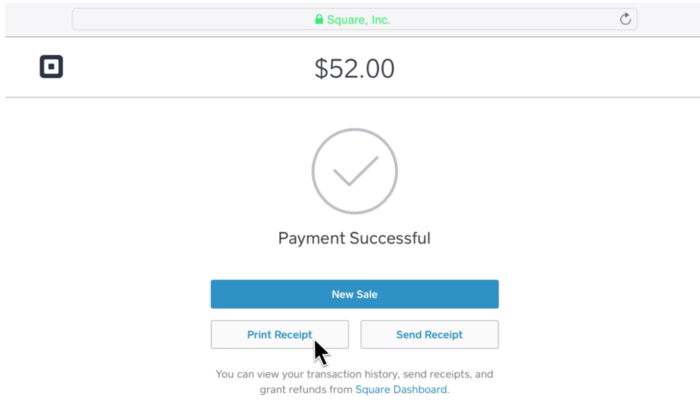
Square charges a marginally higher exchange expense for installments prepared through entered in passage and by means of cards on document:
Exchange expense for entered in dashboard installments: 3.5 percent + .15 pennies
Exchange expense for card-on-record dashboard installments: 3.5 percent + .15 pennies
Exchange expense for Square Reader dashboard installments: 2.75 percent
You can allow representatives to finish installments by means of the Virtual Terminal by changing their consents in the Employee part of the interface.
Get paid via the Square Dashboard
There’s little more significant than really seeing assets in your financial balance. Fortunately, this is simple with the Square Dashboard.
As a matter of course, Square is set up to store any assets accumulated by 5 p.m. PT/8 p.m. ET into your record the following work day (in fact talking, it might take up to two work days to accept your cash — and reserves got Friday will show up on Monday). This remains constant for any sum.
You can likewise modify your end of business time, and assuming you need to get your cash much quicker, you can add a charge card to your record so you can either in a flash accept your money or get it that very day.
Instant Deposit
Assuming you need your cash quickly, you can set up Square Instant Deposit to get up to $10,000 per store, 24 hours per day and 7 days every week (even on siestas). There’s no restriction to the quantity of stores you can start in a solitary day, however it’s important that you’ll be charged 1 extra percent of the store sum on top of Square’s ordinary handling expenses.
Same-Day Deposit
Similarly, if you want your money the same day, you can set up Square’s Same-Day Deposit option to receive your funds 15 minutes after close of business (5:15 p.m. PT/8:15 p.m. ET). You can send as much as $10,000 per day, and like Square Instant Deposit, you’ll be charged an additional 1 percent of the deposit amount on top of the standard processing fees.
Square Reports
As the idiom goes, “On the off chance that you can’t gauge it, it doesn’t exist.” Or considerably more appropriately in business, you can’t oversee it or even further develop it.
That is the place where the Reports apparatus on the Square Dashboard comes in. This hearty investigation highlight gives significant understanding into the general wellbeing of your business or association by doing everything from summing up your general deals, comps, and voids to giving information regarding when your deals are occurring, who’s making the most deals, and what medium the greater part of your clients or customers use when making a buy.
Altogether, there are 10 distinct reports you can research, and you can make custom reports to dive further into the patterns that assist you with developing and work more intelligent.
By a wide margin, the main reports are the general Sales Summary, the Sales Trends, and the Item Sales reports.
Sales Summary report
The Sales Summary report is your 10,000 foot view outline report: It gives you a fast overview of your gross deals, net deals, discounts, burdens, and even tips for a particular time frame period. You can likewise contrast one time-frame with one more with improve comprehension of how your deals developed or declined. This sort of knowledge can assist you with hailing and address deals quiets or research and duplicate minutes when deals topped.
Furthermore, this report empowers you to comprehend the exchange expenses you’re paying.
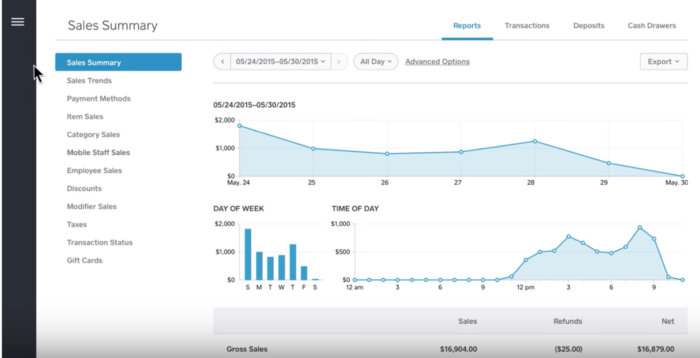
Sales Trend report
The Sales Trend report is a comparative feature that shows how your sales play out week over week, month over month, and even year over year. This data can help you understand seasonal sales cycles and even how your weekend sales compare with your weekday sales. This kind of detail is integral to making strategic, data-driven staffing, inventory, and even marketing decisions.
Thing Sales report
The Item Sales report is a more granular breakdown of how every one of your singular items or contributions are selling. Here you can even gander at which workers are selling which things most or least habitually. This is the quickest and most proficient way of finding out about your most famous things just as those that aren’t creating any interest.
Just like the case with the Sales Trends report, the Item Sales breakdown gives basic knowledge that you’ll need to go to when doing stock and requesting just as when settling on choices in regards to what to advance or limit.
Square Customers
Square Customers is a relationship the board instrument that makes it simpler and more consistent for organizations to keep up with and sustain client, benefactor, or member associations. A definitive objective is to change one-time buyers into submitted fans who love your contribution as well as educate every one of their loved ones regarding it (all things considered, 77% of individuals who have a solitary decent involvement in a brand are probably going to prescribe it to a companion).
While blocks and concrete or versatile retail facades can undoubtedly add client data to the Square Dashboard by means of their Square POS Terminal or when they swipe a card with the Square Reader, it’s additionally conceivable to physically add clients through your work area.
Instructions to add clients to your Square Dashboard through PC
Snap on the Customers choice from the menu on the left of your Square Dashboard.
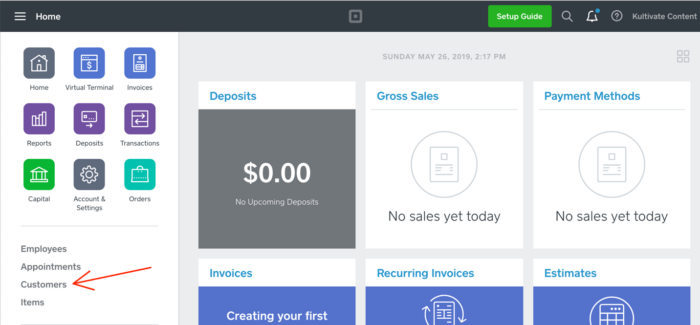
2. Select the Directory option from the left-hand menu of the Customer submenu.

3. Click the Create Customer button in the top right corner of the Directory page.

4. Complete all of the form fields with your customer, donor, or participant’s relevant information, and then click the Save button.
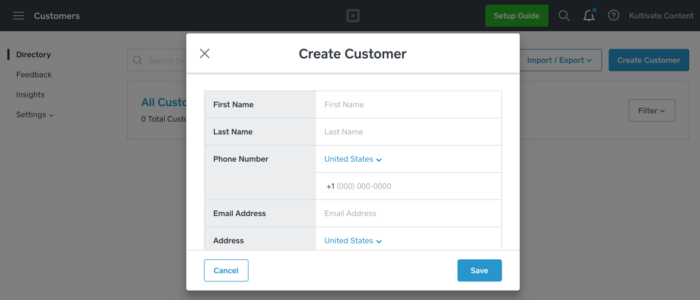
5. Voila! You’ve now added a customer to your Square Dashboard.

Probably the most amazing aspect of the Square Dashboard is the way that everything is associated and made to help your association or business develop.
Adding a client doesn’t simply store data in the Directory; it additionally sends information to the business part of the dashboard to give you more noteworthy understanding into the client’s buying patterns.
That way, you can tell when a client hasn’t returned in some time or when you have an uncommon deal that would interest them dependent on their exchange history. Then, at that point, you can utilize the advertising element to send an email that feels very customized and pertinent — something that an ever increasing number of clients anticipate nowadays. You can considerably offer them coupons and offer them the chance to impart their criticism to you.
Square Items
The Square Items component of the dashboard is your stock administration bounce off point, and keeping in mind that it’s staggeringly instinctive and simple to utilize, it’s likewise genuinely hearty.
By making things, you accelerate the checkout interaction and get point by point reports about every individual item and offering — and when it’s selling. You can likewise keep a nearby watch on stock and give your clients receipts with more subtleties.
Likewise, you can set up alarms to get advised when a specific thing’s stock is low or sold out totally.
Instructions to add and alter a thing with the Square Dashboard
1. Snap on Items in the left-hand menu of your dashboard.
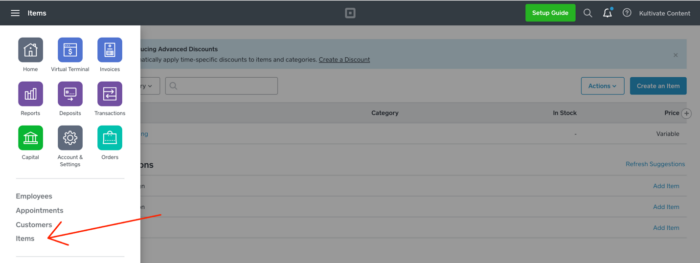
2. Click on the Create an Item button in the top right-hand corner of the Items submenu.
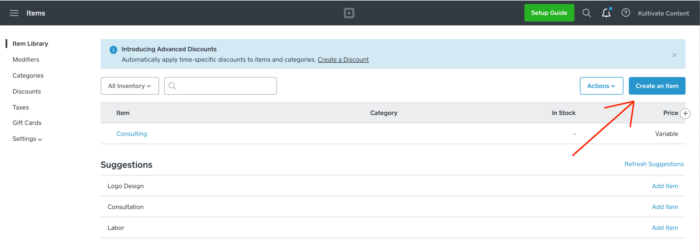
3. Complete the form fields based on the details of your offering.
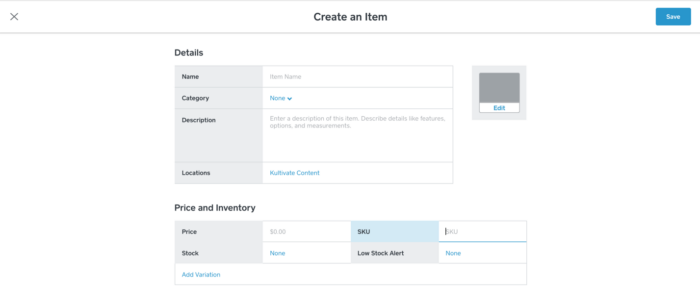
4. Add an image. Square recommends that you add only high-resolution images (720 x 720 pixels) in either PNG or JPG format.
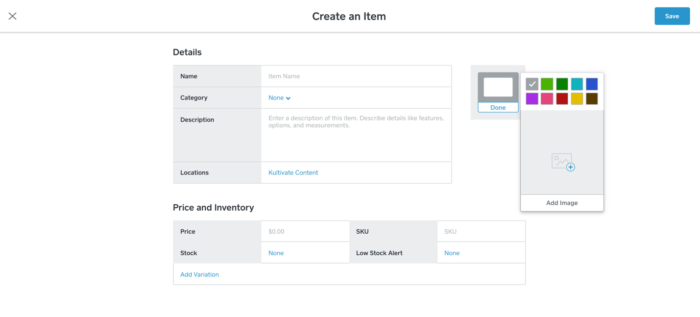
5. Add varieties of your thing, if pertinent — for instance, on the off chance that you have a thing that comes in numerous shadings or estimates or has a large group of SKUs. (Remember, this isn’t exactly the same thing as a thing modifier, which is generally utilized for food and incorporates things like garnishes or uncommon solicitations. Varieties will affect your stock count, though modifiers will not.)
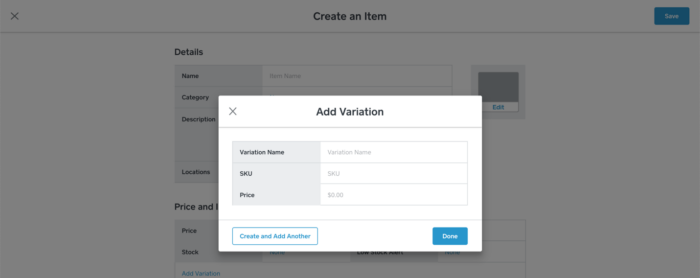
6. Select the item you’d like to edit from the item list.
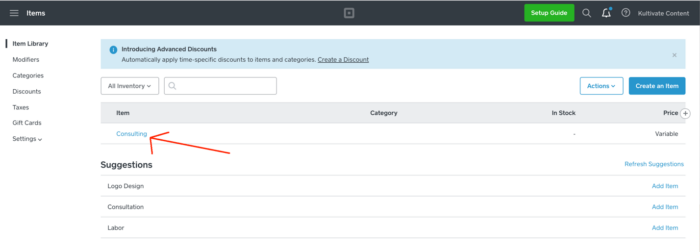
7. Make the necessary revisions and then click the Save button in the top right-hand corner.
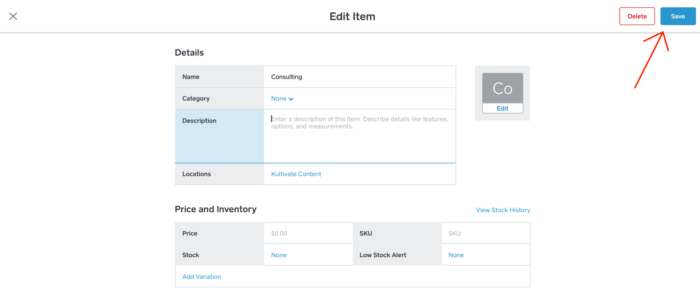
Square Invoices
The Square Invoices highlight makes it simple to receipt your customers and clients from anyplace whenever and, moreover, makes it similarly as simple for the beneficiary to make an installment. This is great for proficient administrations organizations, request based organizations, and organizations or associations dependent on information exchanges (like a games association).
One more in addition to? You don’t need to stress over printing out solicitations, floating over the post box each day standing by to check whether a check shows up, and afterward journeying to the bank to put aside an installment.
All things considered, with Square Invoices, you make and send a receipt to a client’s email address, they pay on the web, and the assets go straightforwardly into your ledger. This element accompanies robotized updates that immediate clients and customers to make a forthcoming or late installment, so you don’t need to invest your significant energy thumping on entryways and following up to get the cash you’re owed.
At last, Square Invoices is completely adaptable, so you can professionalize the administrative work by adding your logo and marking assuming you need. In any case, while you can send however many solicitations as you need, they do accompany handling expenses very much like each and every other Square exchange (these expenses are just charged upon installment):
Square Invoice standard charges: 2.9 percent + .30 pennies
Square Invoice charges for clients/customers with cards on record: 3.5 percent + .15 pennies
Square Invoice charges for clients/customers who pay with checks or money: 0
